Understanding Bitcoin’s Scarcity and Value Proposition
Take a closer look at Bitcoin's scarcity and the reason why its value proposition makes it one of the most valuable assets for investors.
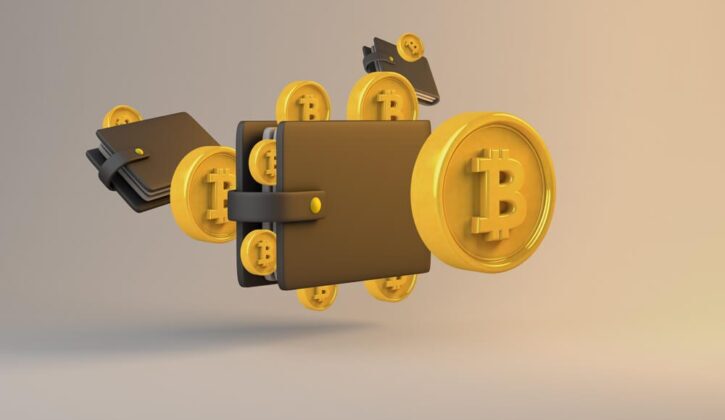

There is no denying that cryptocurrencies are steadily entering the mainstream audience in recent years. To date, there are over 2.2M+ different cryptocurrencies in circulation.
However, amongst all these cryptocurrencies there is one arguable stands above the rest – and that is Bitcoin. Bitcoin being the first cryptocurrency commands a massive following and is widely regarded as the most influential cryptocurrency.
In fact, the price of Bitcoin is often loosely tied to the general sentiment of the crypto market as a whole. In many ways it’s seen as a beacon that signals the current state of the market.
That being said, with Bitcoin as influential as it is – it begs the question: what is Bitcoin’s value proposition? What makes it such a valuable asset?
Understanding Bitcoin
Before we dive into Bitcoin’s value proposition, it’s important to get the fundamentals out of the way first.
Bitcoin is a decentralised digital currency that is designed to enable global peer-to-peer transactions with very little friction, by using a distributed public ledger known as a blockchain.
Blockchain is an infrastructure of global computers that collectively function as a distributed ledger, recording transactions and verifying them before they are validated on the network.
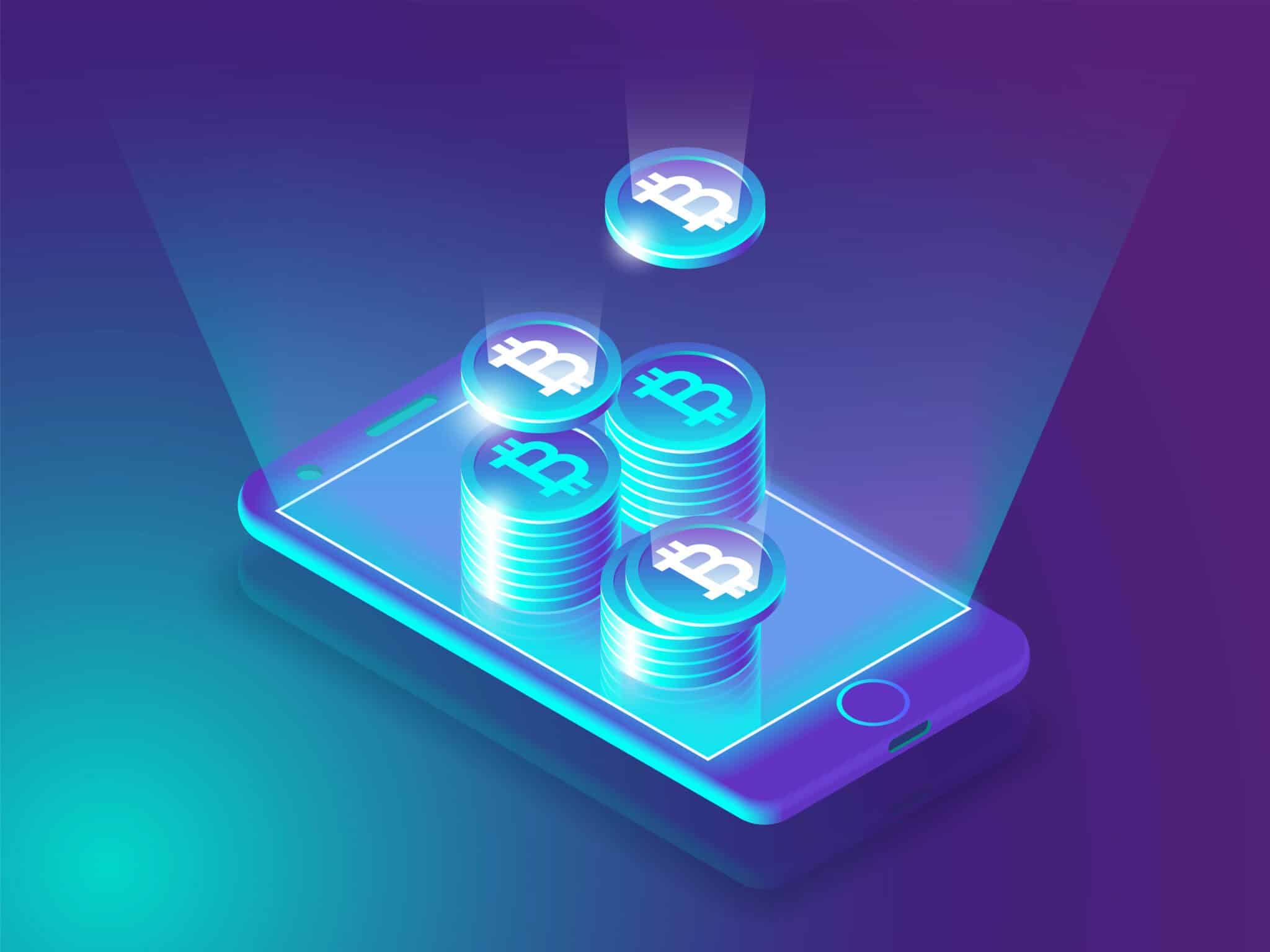
Transactions are grouped together in blocks of information, which are then added to an existing chain of blocks – hence the term blockchain.
Read more: Introduction to Bitcoin (BTC).
Bitcoin’s blockchain keeps an immutable record of all existing transactions on its ledger.
The transactions are verified and validated by a protocol known as Proof of Work (PoW), which essentially requires computers to solve complex algorithms.
Once these algorithms are complete, the computers (called nodes) are then awarded Bitcoins – a process referred to as Bitcoin mining.
What is Proof of Work?
Proof of Work (PoW) refers to the process of validating cryptocurrency transactions and adding them to the blockchain.
On a deeper level, PoW is a consensus protocol where computing power is required to solve a hexadecimal encryption called a hash. In Bitcoin’s case, upon solving the hash you are awarded bitcoins – a process commonly known as bitcoin mining.
Easy vs hard money
The hardness of money is determined by how difficult it is to increase the supply of that money. If it is very difficult to increase the existing supply of a particular money, it is considered hard money. In contrast, If the supply of that money is amenable to large increases, it is easy money.
This is important as in economics we learn that the price of anything is determined by supply and demand. If two assets have the same demand and same supply, the harder of the two assets will retain more of their value over time, and vice versa.
Gold has been hard money for thousands of years and has slowly gained in value over time against easy paper monies. This is because it is very difficult to produce gold.
In contrast, it is very easy to produce more paper money. Mining gold involves finding an area rich in gold deposits, building capital-intensive mines here, going underground to begin drilling, blasting and hauling.
Then the mined material must be taken to the surface so that they can crush the ore, process it, and smelt it into the gold we use. As you can imagine, this is a very lengthy and difficult process.
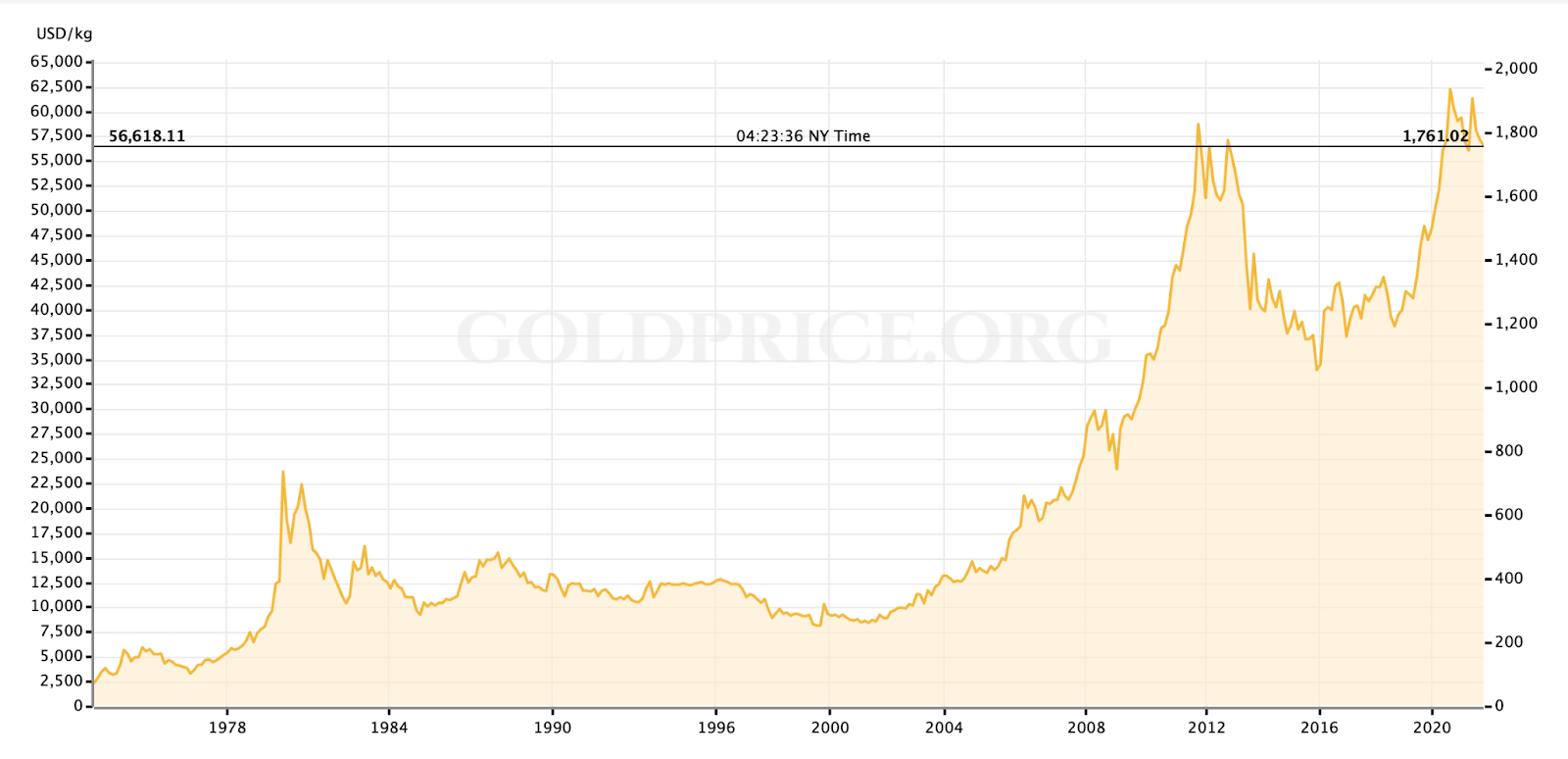
Bitcoin is similar to gold as it is very hard to produce more bitcoin. To better understand the hardness of bitcoin, we will look into bitcoin blocks, their issuance, and halvings.
Bitcoin blocks, issuance of bitcoin and bitcoin halvings
Bitcoin consists of a chain of blocks that contain transactions that take place within a period of time.
A new Bitcoin block is created approximately every 10 minutes, and each block rewards its miner with newly issued Bitcoin, thus increasing the supply of Bitcoin. This is known as the block subsidy. At first, miners received 50 Bitcoin per block that they mined.
Every 210,000 blocks, or around every 4 years, the block subsidy is cut in half. This is known as the halving event. The halving of bitcoins issuance is a prevalent factor contributing to the scarcity of bitcoin.
At the moment, after 3 bitcoin halving events, 6.25 brand new Bitcoin is issued per block. This number will continue to decrease as bitcoin’s supply gets closer to its cap.
Learn more about Bitcoin Halving: What is Bitcoin Halving? Why Does it Matter?
Why bitcoin is the ultimate scarce asset
Bitcoin is the ultimate scarce asset as its issuance requires one key resource: time.
For a thought experiment let us think about silver. The issuance of silver, a precious metal, requires energy. If the price of silver increases dramatically, miners have an incentive to increase their rate of production. This increase in production will increase the overall supply of silver and its inflation rate.
Since Its issuance requires energy, the increase in silver’s price will compensate for the extra energy expenditure.
This is bad for silver holders as with an increase in price, there is an increase in supply, therefore bringing the price back down due to the economic theory of supply and demand.
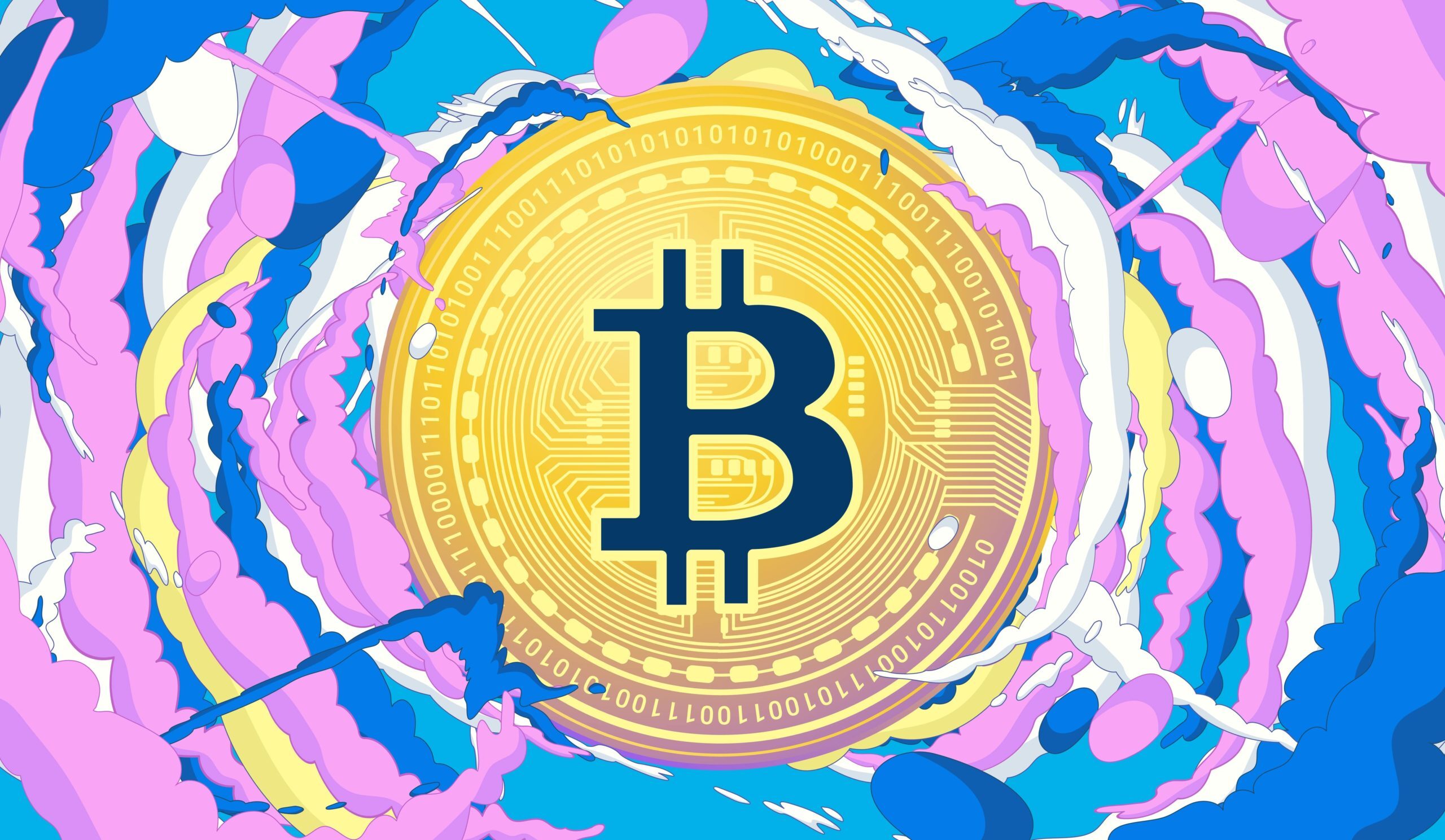
Using this logic, you may ask: if the price of Bitcoin increases and more miners consequently join the network, will blocks be mined faster, and therefore increase the supply faster than normal?
The answer is no, thanks to how bitcoin is designed. The network has something called a difficulty adjustment.
Every 2016 Bitcoin blocks, or approximately every 14 days, the measure of how difficult it is to mine a new bitcoin block adjusts to either an increase or decrease in hashing power (this is basically how much energy/money is going into bitcoin mining).
This means that if bitcoins price increases drastically, and many new miners or hash rates join the network to reap the benefits, it will only become more difficult to mine bitcoin.
This ensures that a new Bitcoin block is mined approximately every 10 minutes, and the overall supply and issuance rate will not increase with an increase In energy expenditure.
In essence, bitcoin’s supply is strictly limited. No matter how much the price of bitcoin increases, and no matter how big the network grows, there will only ever be 21 million bitcoins with a predictable rate of inflation.
Saifedean Amouss explained this concisely in the Bitcoin standard when he said “there is no technical possibility for increasing the supply to match the increased demand. Should more people demand to hold Bitcoin, the only way to meet the demand is through appreciation of the existing supply”.
Related: What are Bitcoin derivatives?
Why does this all matter?
Bitcoins issuance matters because we live in a world where the cost of production of the currency we use every day is near 0 and has no physical or natural cap on its supply.
Issuers of money can even profit from printing money when the face value of the currency is higher than the cost of production, this is called seigniorage. There is a huge problem with government money, namely that its hardness depends on those in charge not to inflate its supply.
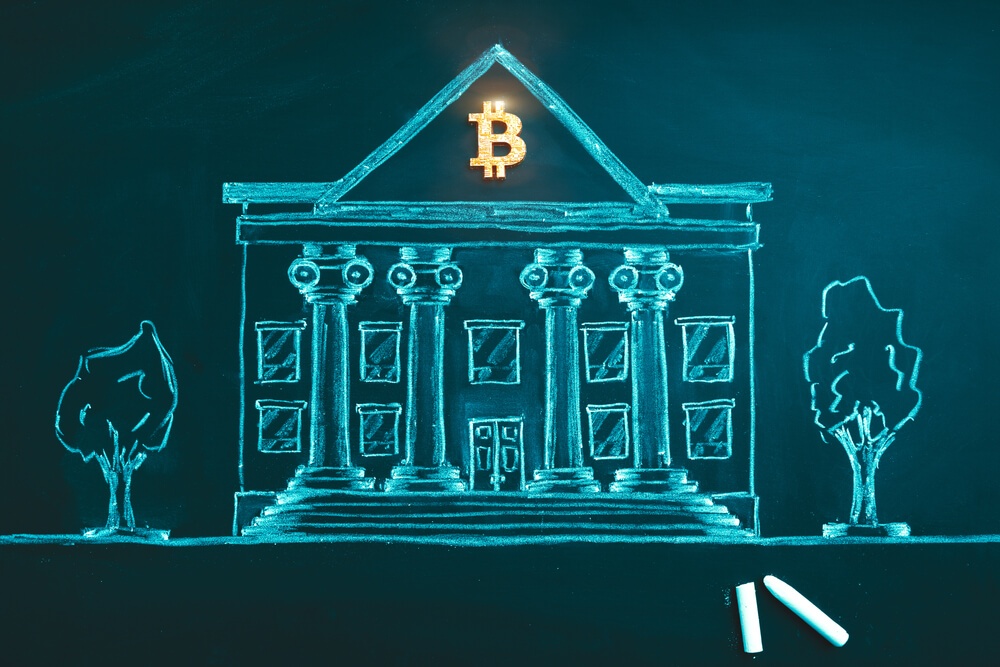
As the supply of a currency increases, there will be a devaluation of said currency. This expropriates the wealth of anyone holding it and this wealth is essentially reallocated to those who issue it and those who receive it earliest. It is much easier to increase the supply of fiat currencies than bitcoin.
If the supply of fiat currencies increases more than that of bitcoin, this currency will become more abundant than bitcoin, resulting in more paper monies to chase a set amount of bitcoin.
Takeaway
Bitcoin is hard money, possibly the hardest money we know. Everyone knows the exact supply and inflation rate of bitcoin and can rely on it to stay constant.
In a world of easy government-issued money, bitcoin can be a hedge against this fiat money madness.
Further reading: Learn all things crypto.
Share to
Stay curious and informed
Your info will be handled according to our Privacy Policy.
Make sure to follow our Twitter, Instagram, and YouTube channel to stay up-to-date with Easy Crypto!
Also, don’t forget to subscribe to our monthly newsletter to have the latest crypto insights, news, and updates delivered to our inbox.
Disclaimer: Information is current as at the date of publication. This is general information only and is not intended to be advice. Crypto is volatile, carries risk and the value can go up and down. Past performance is not an indicator of future returns. Please do your own research.
Last updated March 20, 2024





